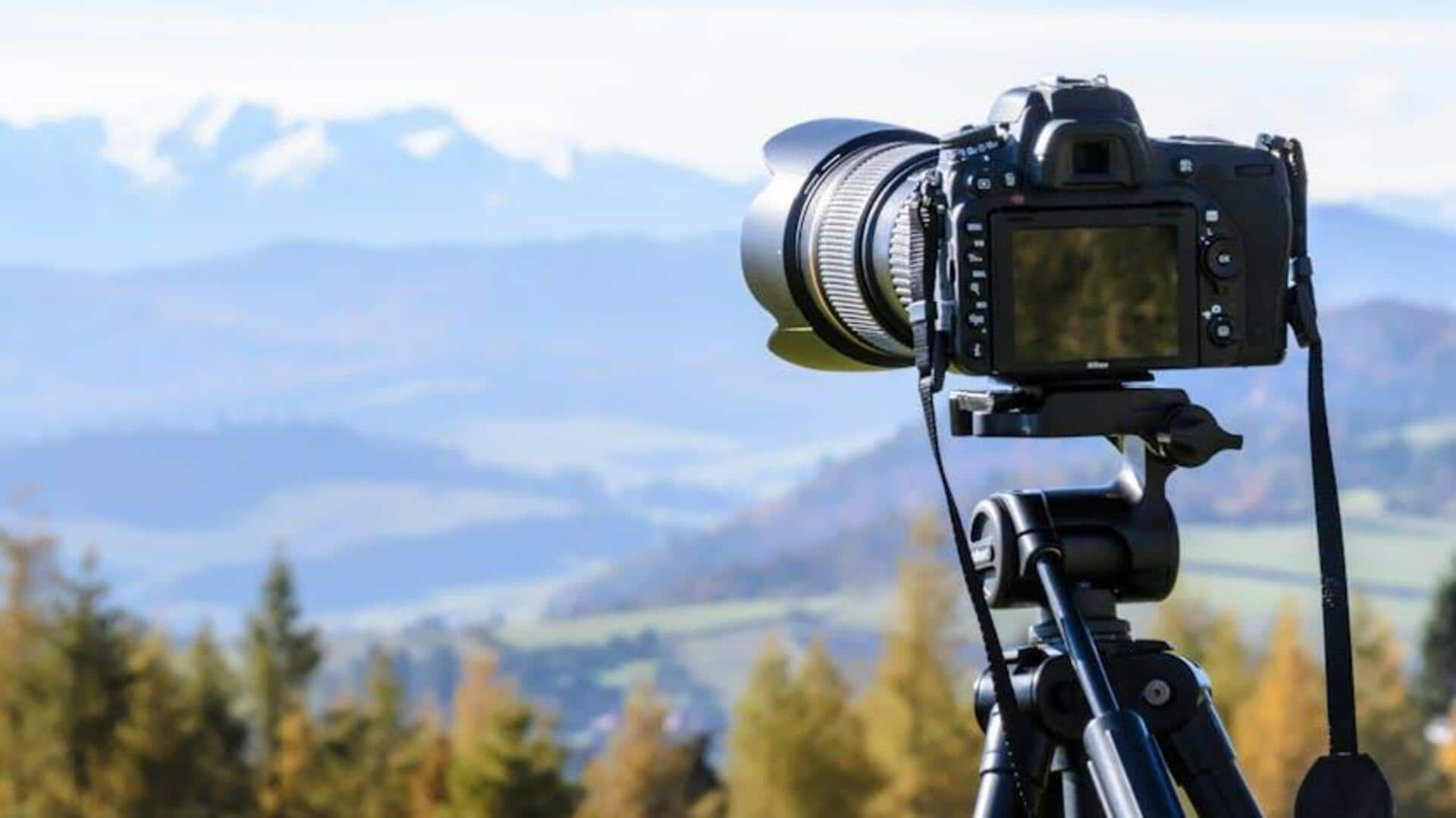
Photographers: This may change how you shoot
What's the story
Solar sail space photography is a revolutionary new way to take pictures of our universe.
This cutting-edge method uses solar sails, propelled by the pressure of sunlight, to position spacecraft in vantage points far beyond the reach of conventional satellite orbits.
This enables never-before-seen perspectives and high-resolution images of celestial bodies and phenomena, previously challenging or impossible to capture.
Mechanics
The mechanics behind solar sails
Solar sails work by harnessing the momentum of sunlight photons, which exert pressure against the highly reflective sails to generate thrust and propel a spacecraft.
This technique, which uses no fuel, is both highly efficient and environmentally friendly.
It opens up a new frontier for long-duration space missions, eliminating the need for heavy fuel payloads and instead using the power of sunlight for propulsion.
Photography
Capturing the cosmos
The key benefit of using solar sail spacecraft for photography is their capability to journey deeper into space, unhindered by fuel limitations.
This allows photographers (or scientists?) to snap pictures from perspectives previously inaccessible.
The high resolution and detail in these photographs deliver priceless information for astronomical studies, and present awe-inspiring glimpses of our universe that spark the curiosity of people.
Challenges
Challenges and solutions
If it's so promising, why hasn't solar sail space photography taken off yet?
Well, the biggest challenge is keeping the sail steady and under control. It gets tricky when you're far from Earth, where the sunlight is weaker.
Engineers have come up with super-smart algorithms and control systems. These systems let them tilt the sail just right, squeezing out every bit of push even when the sun's rays get feeble.
Tips
Tips for aspiring astrophotographers
If you are keen on astrophotography through solar sails, you need to master the fundamentals of space mechanics.
Keeping an eye on ongoing missions can help you identify promising photographic subjects.
Working with scientists can help you gain a deeper understanding of celestial events and timing, improving your chances of capturing stunning images.